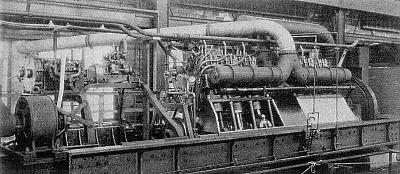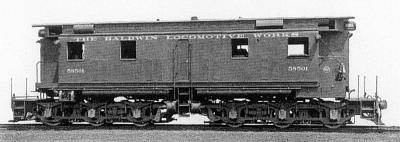|
It is the writer's opinion that considerable time must
elapse and many millions of dollars be expended in the
development of an "oil-electric" power unit in the shape
of a locomotive before machines of this type will figure
to any great extent in transportation service. It has many
apparent advantages that are not only of great interest to
railway men, but which are very seductive to those who do
not clearly understand all that is involved. You will
have noted that at the present time construction costs
are practically as two-to-one compared to steam power.
We have all the same thought:—If a machine as serviceable
as the present steam locomotive and one that can be as
economically maintained in service can be produced, then
great relief and resultant economy will be obtained by
the elimination of ash pits, the various ash - handling
devices connected therewith, and the necessity for
transferring refuse, as well as much of the periodical
attention required to keep the ordinary steam locomotive
in proper condition for service. I might also mention
the satisfaction that the elimination of boiler troubles
and explosions will bring to those men responsible for
railroad motive power, even though such anxieties have
been almost entirely removed by proper regulation of the
maintenance and use of locomotives. The only accidents
now being recorded are those due to the personal
|
|
the general inconvenience and obstruction incident to its application
in service yards and large railway terminals have militated
against it; but step by step it has progressed and become a
necessity for all underground transportation, or for increasing
the volume of traffic over such sections of railway as are
difficult of operation and on which the use of steam
locomotives has reached its
limit.
If it will be possible for those of us who are engaged
in the development of internal combustion locomotives
to produce a satisfactory machine at a satisfactory price
to the purchaser, its greatest effect upon the transportation
methods of the country will be to further the electrification
of railways in general. This experiment is now being tried in
Switzerland, as I have previously stated, and if by the use
of internal combustion locomotives all branch line service
as well as all distributing service at railway terminals,
both large and small, can be satisfactorily accomplished,
and only main line service by overhead wires or third rails
be required, we can then expect a more rapid development
in the electrification of our railways. But it will be many
years before the steam locomotive, owing to its simplicity,
its serviceability and its low production cost, will be
relegated to the era
of the past.
|

